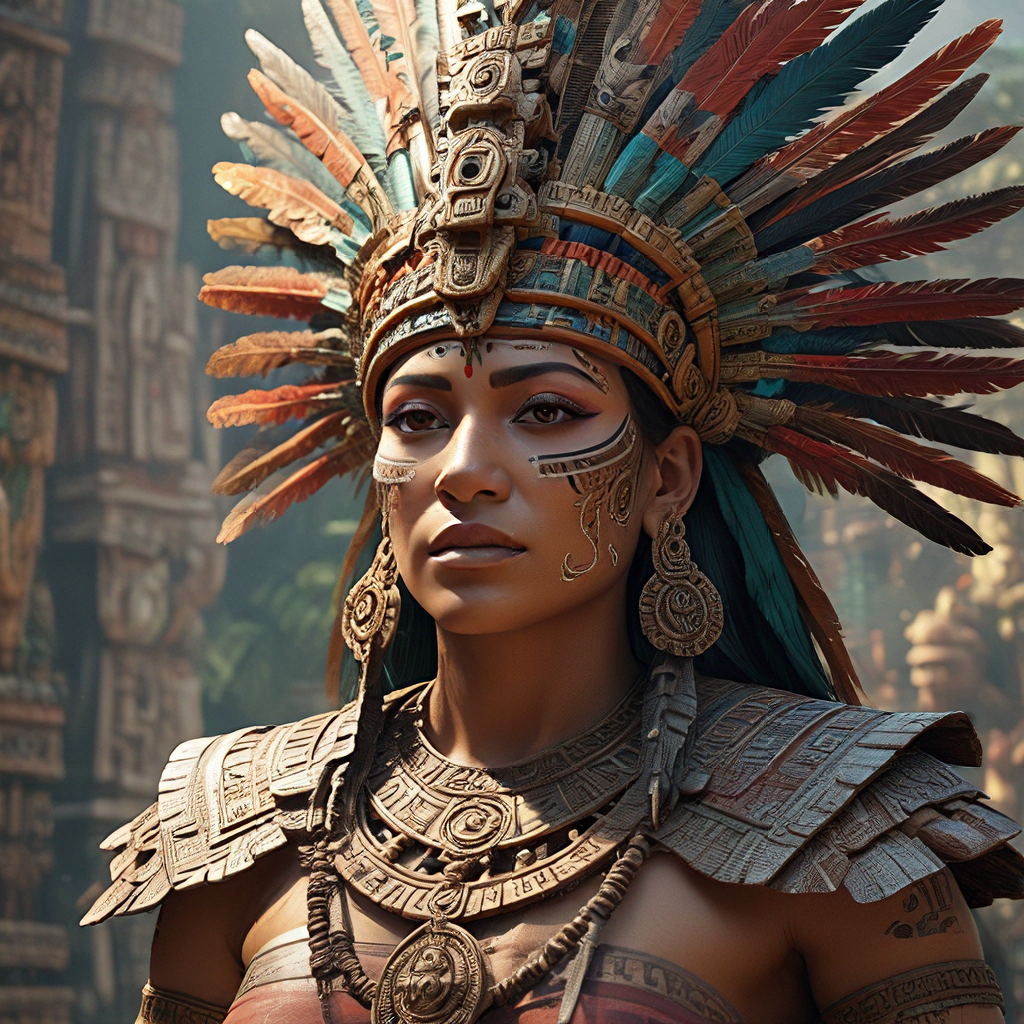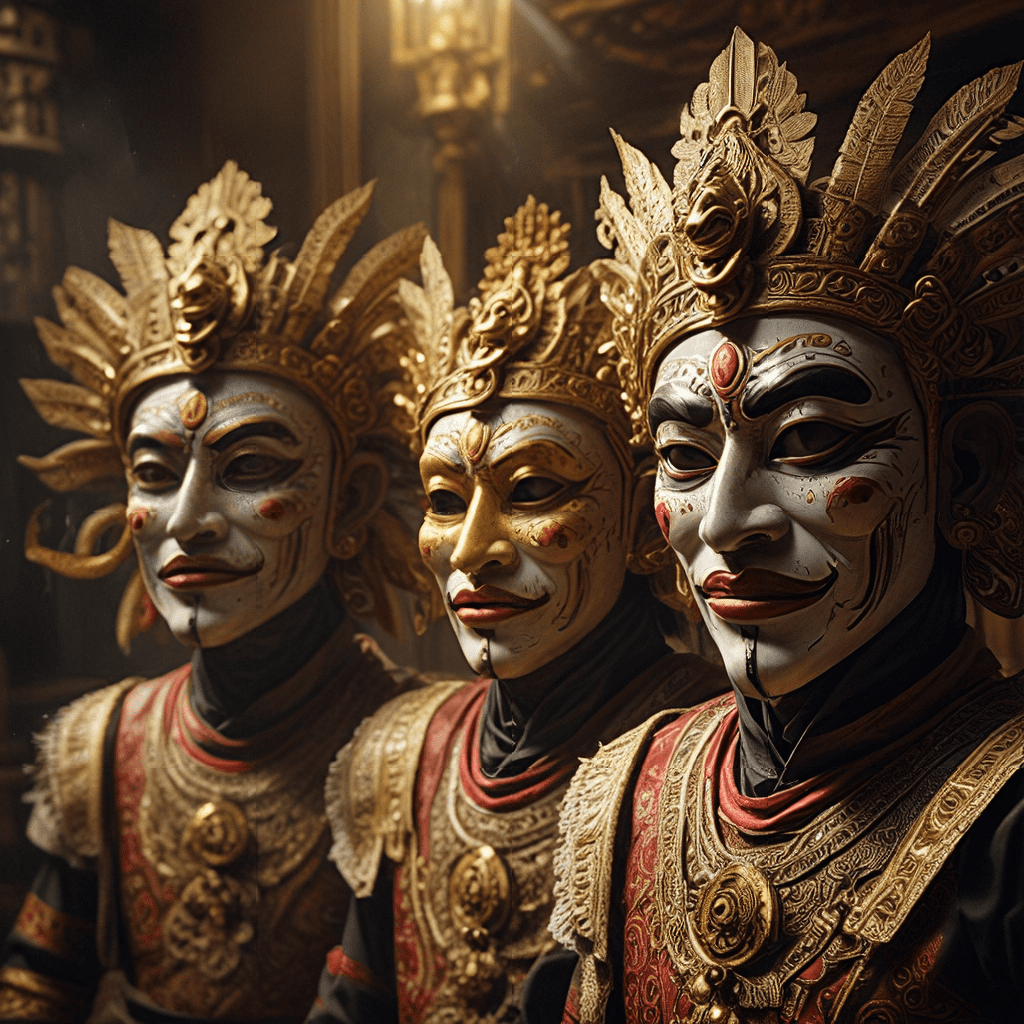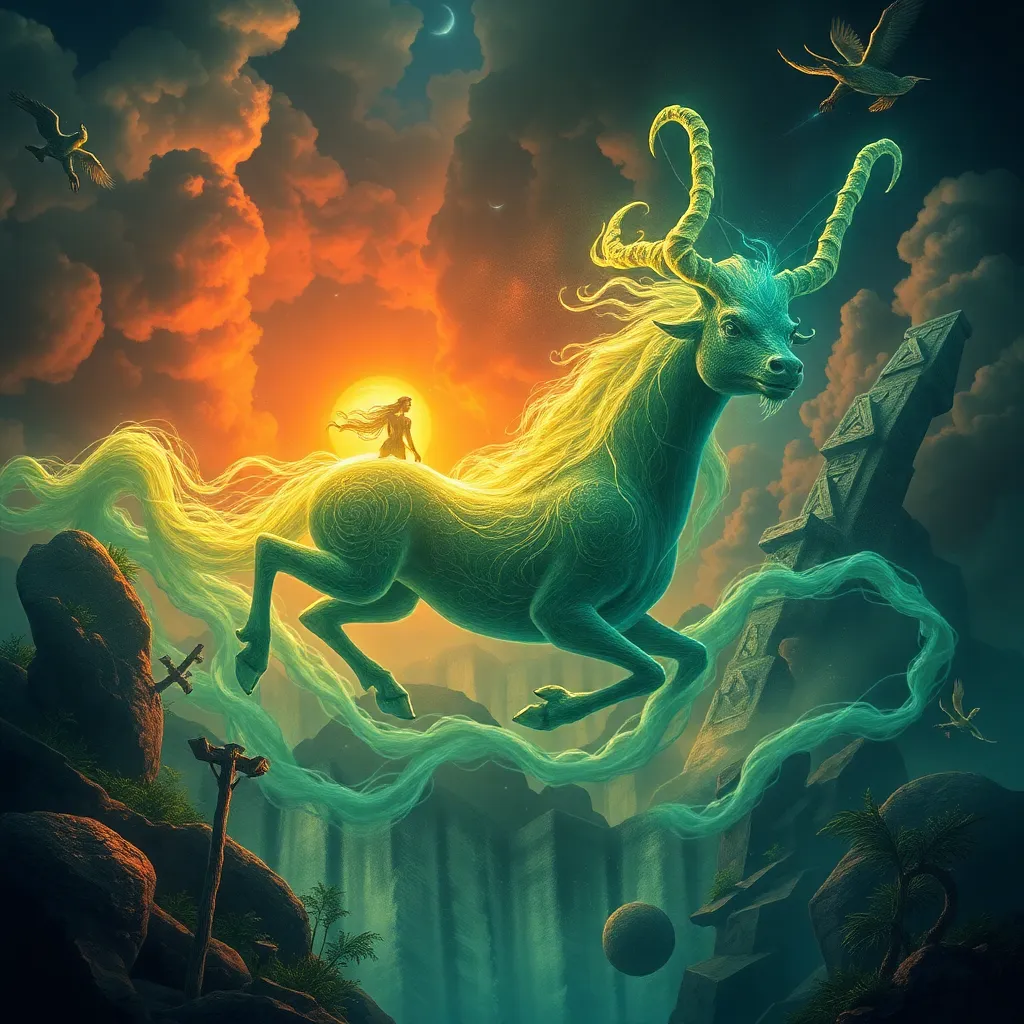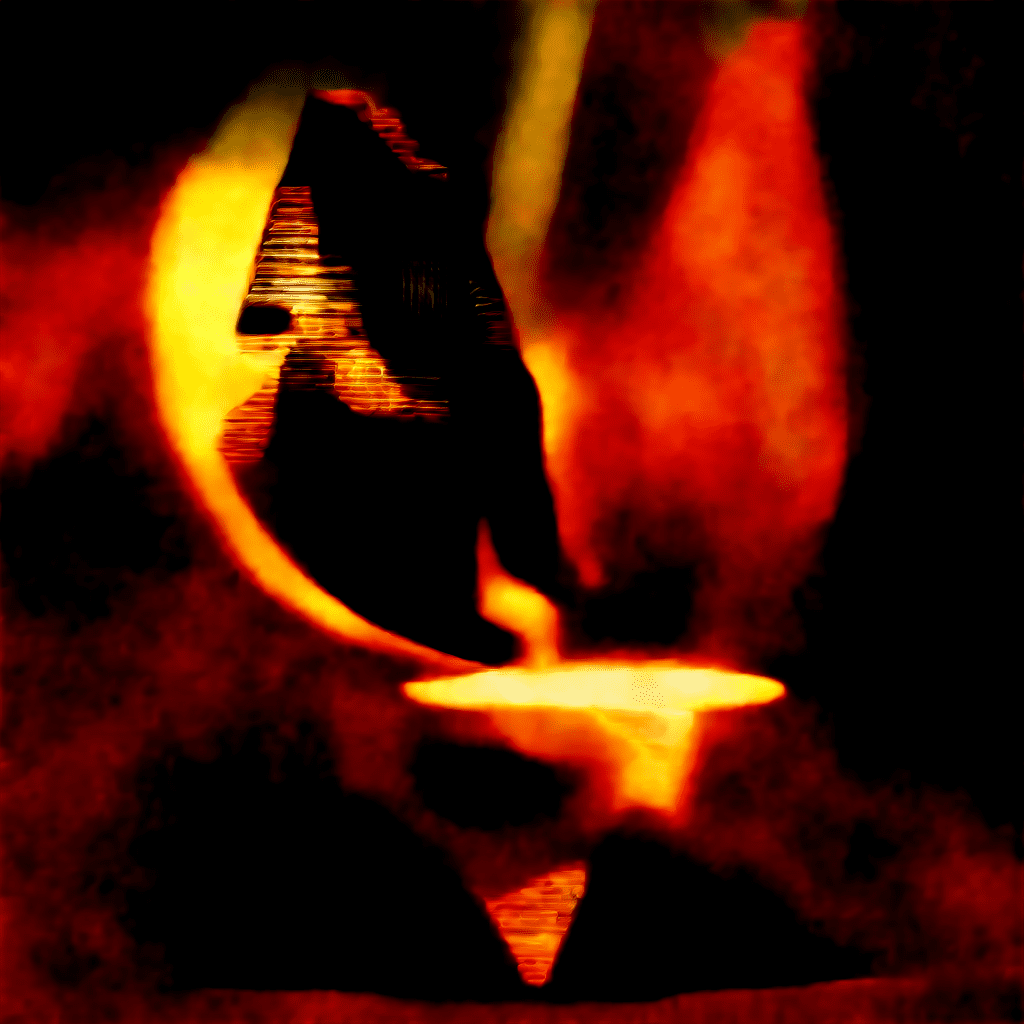The Cosmic Structure of Aztec Mythology
The Aztec worldview was deeply intertwined with a complex and multifaceted cosmology. They believed the universe was structured in thirteen layers, with the Earth at the center, surrounded by thirteen heavens and nine underworlds. Each layer was associated with specific deities, celestial bodies, and elements. The highest heaven, Ilhuicatl, was the realm of the sun and moon, where the gods resided. The Earth, known as Tlalticpac, was the realm of humans and earthly creatures. The underworlds, collectively called Mictlan, were believed to be the dwelling place of the dead, ruled by the god Mictlantecuhtli.
This cosmic structure was constantly in motion, driven by the interplay of the gods and the forces of nature. The cosmos was seen as a dynamic entity, constantly evolving and subject to the will of the deities. Understanding this complex structure was crucial to the Aztecs, as it provided a framework for their understanding of life, death, and the natural world. It also helped to shape their religious practices and beliefs, including their rituals, sacrifices, and calendars.
The Importance of Human Sacrifice in Aztec Religion
Human sacrifice played a central role in Aztec religion, serving as a ritualistic offering to appease the gods and ensure the continuation of life. The belief was that the gods, particularly Huitzilopochtli, the sun god, required human blood to sustain their power and maintain the balance of the cosmos. This belief stemmed from the Aztec understanding of the sun's life-giving power and the cyclical nature of life and death.
The practice of human sacrifice was often elaborate and involved a range of rituals, including fasting, purification, and symbolic death. Victims were typically selected from prisoners of war or even Aztec citizens, and they were often adorned in elaborate costumes and sacrificed during specific religious ceremonies. The hearts, blood, and sometimes even bodies of the victims were offered to the gods as a form of sustenance.
Human sacrifice was not a simple act of violence; it was a complex religious act imbued with meaning and symbolism. It was believed to have the power to influence the gods, ensure the success of crops, and prevent the end of the world. While the practice appears barbaric by modern standards, it was an integral part of Aztec culture and reflected their deep belief in the interconnectedness of humans and the divine.
Huitzilopochtli: The Sun God and Patron Deity of the Aztecs
Huitzilopochtli was the most important deity in the Aztec pantheon, the sun god and patron deity of the Aztecs. He was depicted as a warrior god, armed with a spear, shield, and feathered headdress, representing his role as the protector of the Aztec people. He was also associated with the hummingbird, a symbol of speed and agility, which reflected his swift movement across the sky.
Huitzilopochtli was believed to have led the Aztecs from their mythical homeland of Aztlan to their eventual home in the Valley of Mexico. He was also responsible for the creation of the sun, ensuring the continuation of life on Earth. The Aztecs believed that the sun's journey across the sky was a constant struggle, and that human sacrifices were necessary to provide the sun god with the strength to continue his journey.
Huitzilopochtli was a complex and powerful deity, embodying both the life-giving power of the sun and the destructive force of war. He was revered as the protector and warrior god, and his image was prominently displayed in Aztec temples and art. His influence can be seen in many aspects of Aztec culture, from their military strategy to their religious practices.
Tlaloc: The God of Rain and Agriculture
Tlaloc, the god of rain and agriculture, held a significant position in the Aztec pantheon. He was worshipped as the provider of life-sustaining rain, and his favor was crucial for the success of crops, which formed the backbone of the Aztec economy.
Tlaloc was depicted as a fierce and powerful deity, often wearing a blue headdress and carrying a scepter that could control the rain. He was associated with mountains and caves, where the rain was believed to originate. He was also connected to water sources, such as lakes, rivers, and springs, and was considered the protector of all water-related life.
The Aztecs believed that Tlaloc could both bring forth life-giving rain and unleash destructive floods. He was seen as a powerful deity who required appeasement and respect. The Aztecs offered sacrifices to Tlaloc, including offerings of flowers, food, and even children, to ensure his favor and prevent drought or natural disasters.
Quetzalcoatl: The Feathered Serpent God of Knowledge and Culture
Quetzalcoatl, the feathered serpent god, was one of the most important and complex deities in Aztec mythology. He was associated with a wide range of concepts, including knowledge, culture, the arts, and the planet Venus. He was depicted as a feathered serpent, a symbol that combined the wisdom of the snake with the beauty and power of the feathered serpent.
Quetzalcoatl was believed to have brought civilization to the Aztecs, teaching them agriculture, art, and law. He was also credited with establishing the calendar, developing rituals, and introducing the concept of sacrifice. Due to his association with the planet Venus, he was also linked to the morning star and evening star, symbolizing the cycles of life, death, and rebirth.
Quetzalcoatl was a beloved god, representing the positive aspects of human culture and knowledge. He was also a powerful deity who could bring both prosperity and misfortune. He was revered for his wisdom and knowledge, and the Aztecs believed that he could provide guidance and inspiration. His legacy continues to be celebrated in Aztec art and mythology, where he remains a symbol of knowledge, culture, and the transformative power of the divine.
Xochipilli: The God of Flowers, Beauty, and Games
Xochipilli, the god of flowers, beauty, and games, held a special place in the Aztec pantheon. He represented the joy, beauty, and creativity that enriched human life. His name, which literally translates to "Flower Prince," perfectly captures his essence.
Xochipilli was often depicted as a young, handsome god adorned with flowers and feathers, symbolizing his love for nature's beauty. He was associated with music, dance, and games, embodying the spirit of celebration and artistic expression. As a god of flowers, he was linked to fertility, both human and agricultural.
The Aztecs believed that Xochipilli could bring good fortune and happiness. They worshipped him by offering him flowers, incense, and gifts associated with artistic creation. His influence is evident in Aztec art, where he is often depicted in scenes of dance, music, and celebration.
Coatlicue: The Mother Goddess of Earth and Life
Coatlicue, the mother goddess of Earth and life, played a central role in Aztec mythology. She represented the Earth's power to nurture and sustain life, but also its capacity for destruction. Her name translates to "She of the Skirt of Serpents," a fitting description given her terrifying representation.
Coatlicue was often depicted as a fearsome deity, her skirt adorned with snakes, her hands holding severed human hearts, and her face a chilling mask of skulls and bones. This terrifying image highlighted her role as the goddess of death and rebirth, representing the cyclical nature of life and the Earth's power to both nurture and destroy.
She was believed to be the mother of many important deities, including Huitzilopochtli, the sun god. Her story, which involves the birth of Huitzilopochtli and the subsequent conflict with his siblings, is a powerful myth that explores themes of creation, sacrifice, and the struggle between good and evil.
The Role of the Underworld in Aztec Mythology
In Aztec mythology, the underworld, known as Mictlan, was a complex and multifaceted realm where the souls of the dead journeyed after their earthly existence. It was governed by Mictlantecuhtli, the god of death, who ruled over the nine levels of the underworld.
The journey to Mictlan was a challenging one, filled with trials and tribulations. The souls of the dead had to navigate through treacherous landscapes, confront terrifying creatures, and face the judgment of Mictlantecuhtli. The destination of the journey depended on how the person died and how they lived their life.
While Mictlan was often viewed as a place of darkness and danger, it was also a realm of transformation. The Aztecs believed that the souls of the dead could be reborn, and that Mictlan was a necessary step in this process. The underworld held a significant place in Aztec culture, influencing their religious rituals, their beliefs about death, and their perspective on life itself.
Theories on the Origins and Evolution of Aztec Mythology
The origins of Aztec mythology are deeply rooted in the history and cultural influences of the Mesoamerican region. It is believed to have evolved over centuries, incorporating elements from earlier civilizations, such as the Olmec, Maya, and Toltec, while also developing its own unique characteristics.
Scholars suggest that the core elements of Aztec mythology, like the concept of the four suns, the cyclical nature of time, the importance of human sacrifice, and the belief in a complex underworld, were likely shared by other Mesoamerican cultures. However, the Aztec tradition developed its own unique pantheon of deities and myths, reflecting their specific cultural and religious beliefs.
The Aztec worldview, as expressed in their mythology, was heavily influenced by their agricultural lifestyle, their political structure, and their belief in the interconnectedness of humans and the divine. While many Aztec myths survive through historical accounts and archaeological discoveries, there is still much that remains unknown about their origins and evolution.
FAQ
Q: What was the most important deity in the Aztec pantheon?
A: Huitzilopochtli, the sun god and patron deity of the Aztecs, held the most prominent position.
Q: How did the Aztecs view human sacrifice?
A: They considered it a sacred ritual essential for maintaining the balance of the cosmos and appeasing the gods.
Q: What was the role of the underworld in Aztec mythology?
A: Mictlan, the underworld, was a place where the souls of the dead traveled after death, facing trials and tribulations before potentially being reborn.
Q: What are some theories about the evolution of Aztec mythology?
A: Theories suggest its evolution stemmed from earlier Mesoamerican civilizations, but the Aztecs developed their unique pantheon and myths influenced by their culture, lifestyle, and beliefs.



